The Cosmic Journey of Spacewalking
Exploring the Evolution, Technicalities of Extravehicular Activity (EVA)
A sneak peek of something beautiful in the making.✈️🚁
Introduction
Recently, the first-ever spacewalk by private civilians was successfully attempted, with four passengers on board SpaceX’s Polaris Dawn mission being subjected to outer space conditions for about one hour.
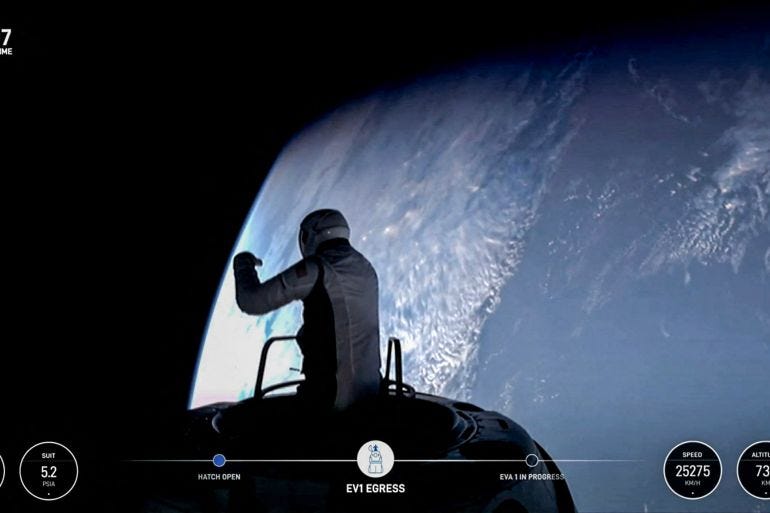
Today’s article explores the fascinating history of spacewalks, from the first venture into space to the technicalities, dangers, and future of Extravehicular Activity (EVA), including the role of robots and AI.
The Genesis of Spacewalks
The term "spacewalk" refers to an Extravehicular Activity (EVA), a term used to describe any activity astronauts undertake outside their spacecraft in space. It is one of the most awe-inspiring yet perilous feats in space exploration, symbolizing humanity's audacious quest to transcend earthly boundaries. From conducting critical repairs to building space stations, spacewalks have enabled human endeavors in space to reach unimaginable heights.
The journey of spacewalking began on March 18, 1965, when Soviet cosmonaut Alexei Leonov made history by stepping outside his spacecraft, Voskhod 2, for the first spacewalk ever. This monumental event marked the beginning of human exploration beyond the confines of a spacecraft, laying the groundwork for more complex EVAs in the decades to come.
The First Spacewalk: A Leap into the Unknown
Alexei Leonov's spacewalk lasted only 12 minutes, but it was an immensely challenging and dangerous mission. Leonov, tethered to his spacecraft by a 5.35-meter (18 ft) cable, faced unprecedented technical and physiological challenges. The bulky spacesuit, designed to keep him alive in the vacuum of space, inflated to the point where he struggled to re-enter the spacecraft. He had to release pressure from his suit manually, a dangerous decision, before barely managing to squeeze back into the airlock.
The first spacewalk showcased the unforgiving nature of space and the sheer willpower required to overcome it. Leonov’s bravery set the tone for future spacewalks, which would become an essential component of space exploration.
Technicalities of a Spacewalk: The Complex Process
Conducting an EVA is far more complex than simply stepping outside a spacecraft. Spacewalks require meticulous planning, precise execution, and advanced technology to ensure the safety of astronauts.
1. Spacesuits: Portable Life Support Systems
A spacesuit is essentially a miniature spacecraft. It provides astronauts with oxygen, temperature regulation, radiation protection, and pressure, all of which are critical for survival in the harsh environment of space. The modern spacesuit, such as NASA’s Extravehicular Mobility Unit (EMU), is equipped with:
Oxygen supply: A system that provides breathable oxygen for astronauts and removes carbon dioxide.
Temperature regulation: Liquid cooling garments maintain body temperature in the extreme conditions of space, where temperatures can range from -250°F (-160°C) to 250°F (121°C).
Radiation shielding: While spacesuits offer limited protection against solar and cosmic radiation, they can protect astronauts from short-term exposure.
Microgravity maneuvering: Modern suits are equipped with tethers and sometimes jet-powered packs, like the Simplified Aid for EVA Rescue (SAFER), allowing astronauts to move safely in the zero-gravity environment.
2. Airlock: The Gateway to Space
Before stepping out into space, astronauts enter the airlock—a small chamber that separates the inside of the spacecraft from the vacuum outside. The airlock serves as a transition space where the pressure is gradually reduced to match the vacuum of space. Once the astronaut’s suit is checked and pressurized, the outer hatch opens, and they begin their spacewalk.
3. Tether Systems: The Lifeline
Astronauts remain connected to the spacecraft by a safety tether, which acts as a lifeline during the EVA. The tether prevents astronauts from drifting off into space and provides a vital connection back to the spacecraft’s oxygen supply in some instances.
Purpose of Spacewalks: Why Do We Do Them?
Spacewalks are critical for several reasons:
Maintenance and Repairs: Spacewalks enable astronauts to fix spacecraft or satellite malfunctions. For example, the Hubble Space Telescope was serviced multiple times through EVAs, significantly extending its lifespan.
Assembly of Space Structures: Building and maintaining structures like the International Space Station (ISS) require regular spacewalks to assemble parts, perform upgrades, and repair damages.
Scientific Research: EVAs allow astronauts to conduct experiments directly in space or gather data that cannot be accessed from within a spacecraft.
Training for Future Missions: Spacewalks serve as practice for missions that will take astronauts to more distant destinations, such as Mars or deep-space missions.
Challenges of Spacewalking: Navigating the Perils
While spacewalks are essential for space exploration, they pose immense physical, psychological, and technical challenges.
1. Microgravity and Movement
In microgravity, astronauts must learn to maneuver without the support of solid ground. This can cause disorientation, making it difficult to perform tasks with precision. Overcoming the inertia of movement is challenging, as the slightest push could send an astronaut spinning into space. To counteract this, astronauts are trained extensively in neutral buoyancy pools on Earth to simulate the feeling of weightlessness.
2. Equipment Malfunction
A spacesuit malfunction during an EVA can be deadly. Malfunctions can include leaks in the suit, communication failures, or life support system breakdowns. The margin for error is incredibly thin, and every mission must have contingency plans to address potential equipment failures.
3. Fatigue and Health Risks
Spacewalks can last for hours, during which astronauts endure extreme physical strain. They must use their hands and arms to move, which becomes exhausting over time, especially in bulky gloves. Dehydration, overheating, and fatigue are constant threats. Moreover, spacewalkers are exposed to radiation and the potential danger of micrometeorite impacts.
Dangers and How They Are Overcome
Spacewalks are inherently dangerous. Astronauts are exposed to the vacuum of space, extreme temperatures, radiation, and the risk of being hit by space debris or micrometeoroids. Over time, advancements in technology and rigorous safety protocols have been developed to mitigate these dangers.
1. Temperature Control
Space suits are equipped with advanced thermal control systems, such as the Liquid Cooling and Ventilation Garment (LCVG), which circulates water around the astronaut’s body to maintain a stable temperature, regardless of the external environment.
2. Radiation Protection
Although spacesuits can protect against short-term radiation exposure, long-term protection remains an issue. NASA is researching ways to enhance radiation shielding, such as incorporating advanced materials into spacesuits.
3. Debris and Micrometeoroids
Space debris and micrometeoroids travel at extremely high speeds, posing a serious threat to astronauts during spacewalks. To mitigate this risk, NASA and other space agencies track debris and schedule EVAs when the risk of collisions is minimal. Spacesuits are also reinforced with multiple layers of protective materials to withstand potential impacts.
Famous Spacewalks: Milestones of Human Endeavor
Some spacewalks have left an indelible mark on the history of space exploration. Here are a few notable ones:
1. The First EVA (Alexei Leonov, 1965)
As mentioned earlier, Alexei Leonov's spacewalk paved the way for human exploration outside the spacecraft, despite its life-threatening challenges.
2. Apollo 11 Moonwalk (1969)
Though technically a moonwalk rather than a spacewalk, the Apollo 11 mission when Neil Armstrong and Buzz Aldrin first set foot on the lunar surface, was a defining moment in human history. This EVA showcased human capability in deep space environments beyond Earth’s orbit.
3. Hubble Space Telescope Repair Missions (1993–2009)
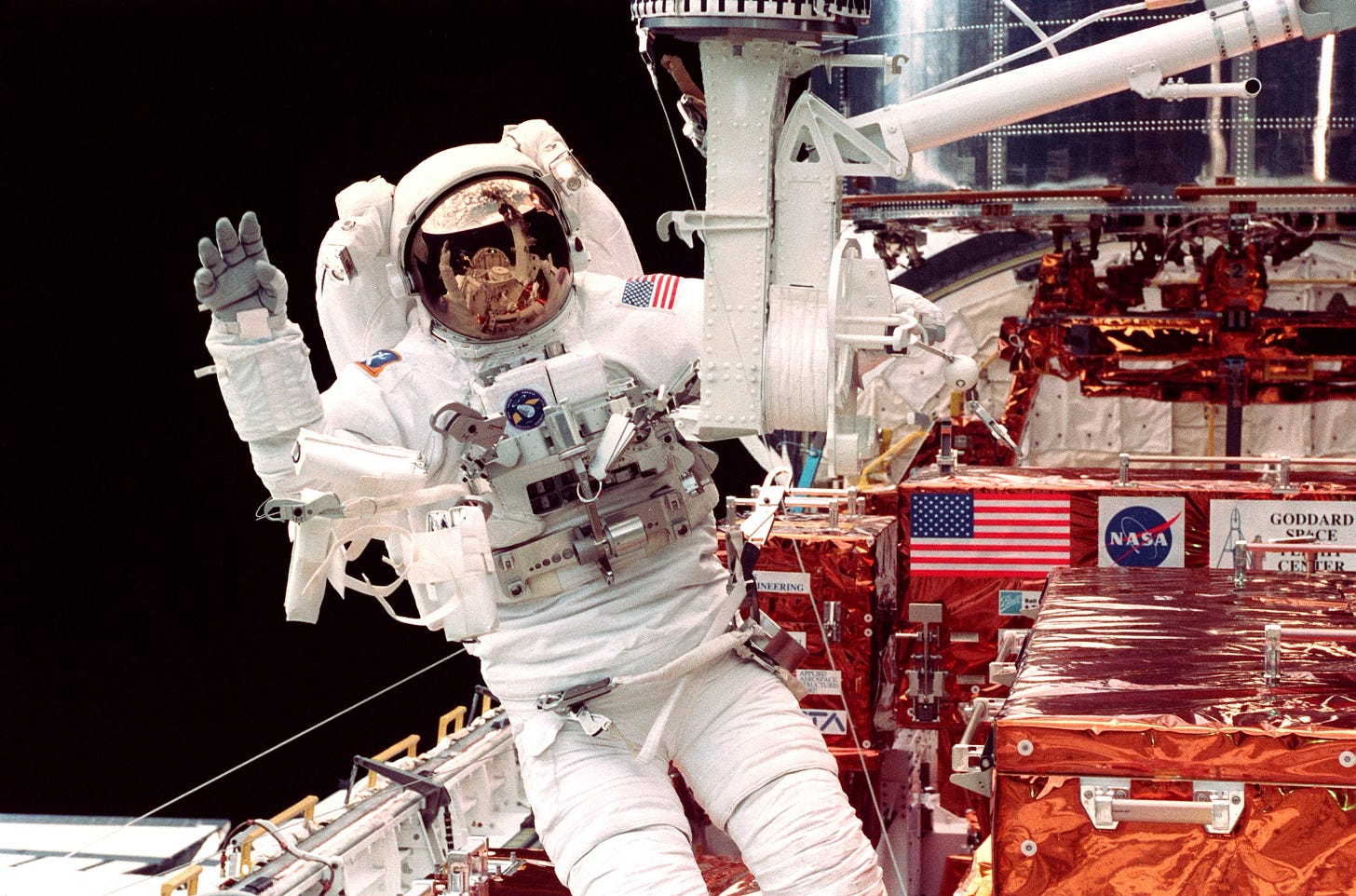
A series of spacewalks to repair and upgrade the Hubble Space Telescope significantly extended its lifespan, making it one of the most successful space instruments ever deployed. These EVAs demonstrated the critical importance of spacewalks in maintaining space equipment.
4. Building the ISS (1998–Present)
Hundreds of spacewalks have been conducted to assemble, maintain, and upgrade the ISS, making it one of the largest collaborative efforts in space exploration. Astronauts regularly perform EVAs to keep the station operational.
Can Robots or AI Replace Astronauts in Spacewalks?
With the rise of artificial intelligence and robotics, many wonder whether robots can take over the hazardous task of spacewalking. Indeed, robotics has been playing an increasingly important role in space missions. Robotic arms, like the Canadarm2 on the ISS, have assisted in assembling structures and repairing satellites.
NASA is also developing humanoid robots, like Robonaut, designed to perform tasks in microgravity and hazardous environments. While these robots can handle some tasks, they are not yet capable of replacing astronauts entirely. Human intuition, problem-solving, and adaptability are irreplaceable in unforeseen situations.
AI and robotics will likely complement human efforts rather than replace them. Robots could perform tasks that are too dangerous or tedious for astronauts, while humans would focus on more complex decision-making and creative problem-solving.




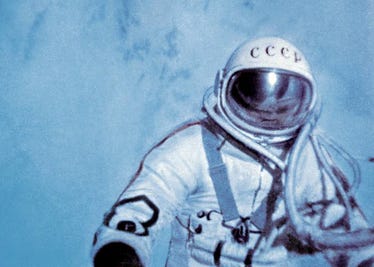
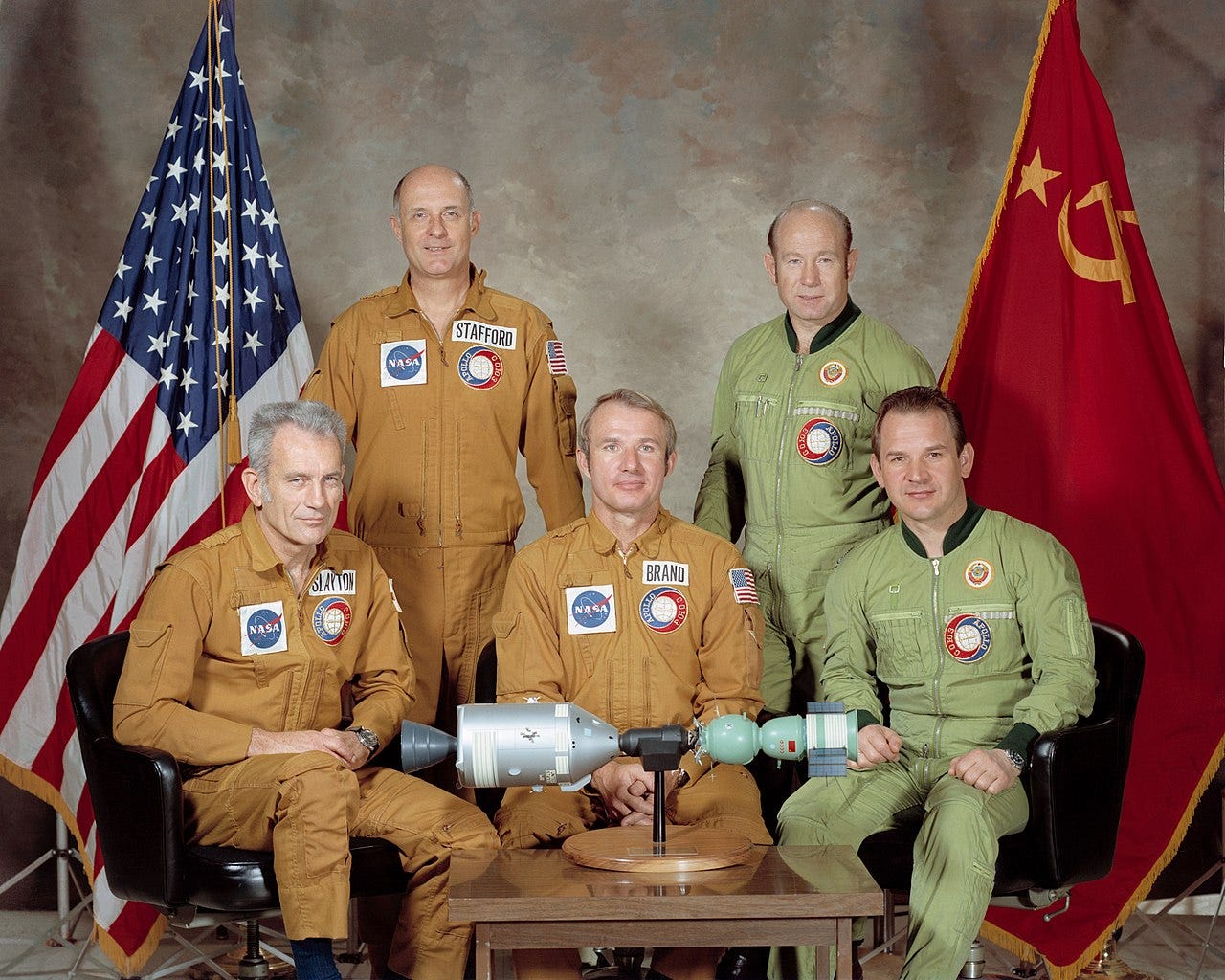

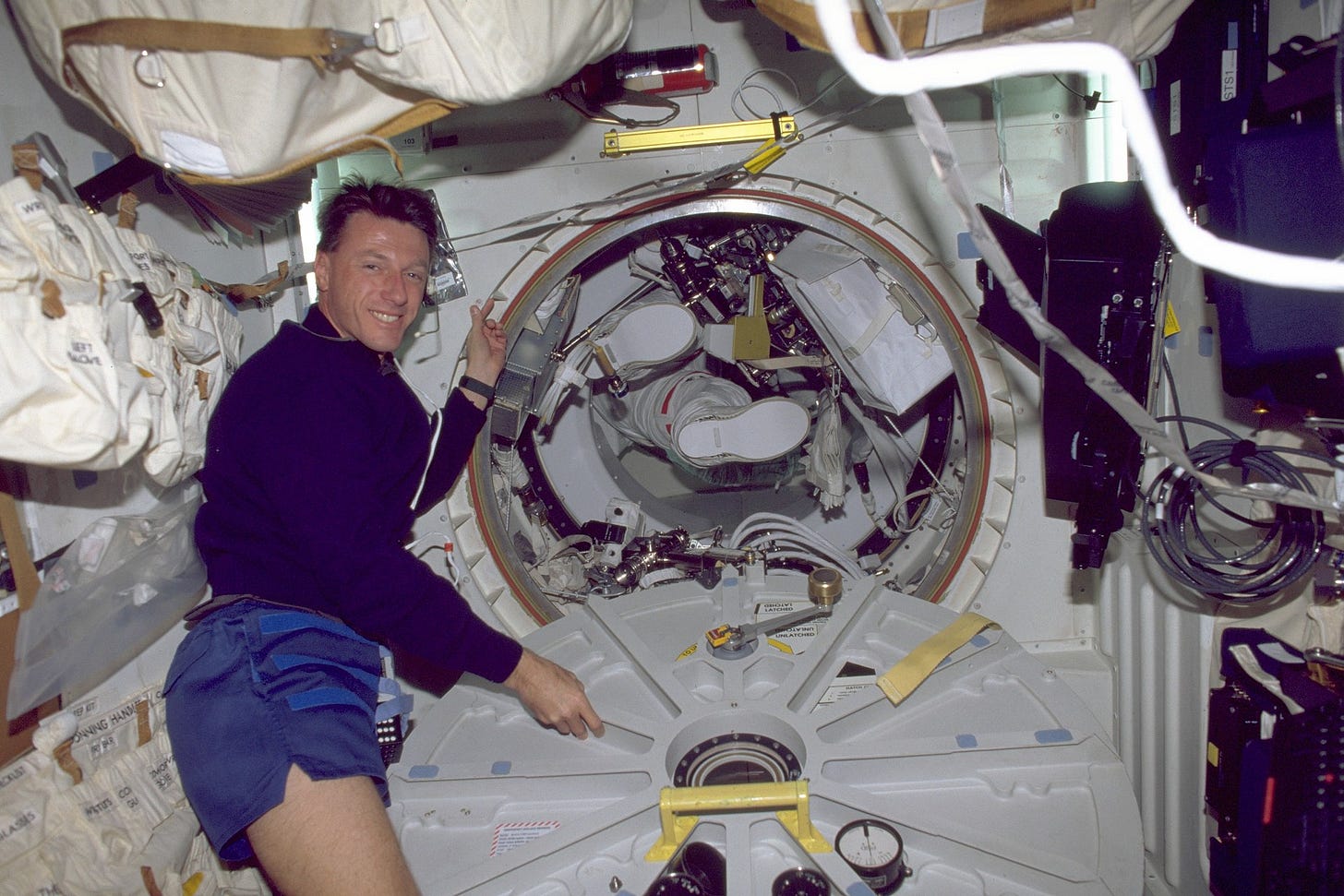
Excellent article that covers the history and dangers of spacewalking.